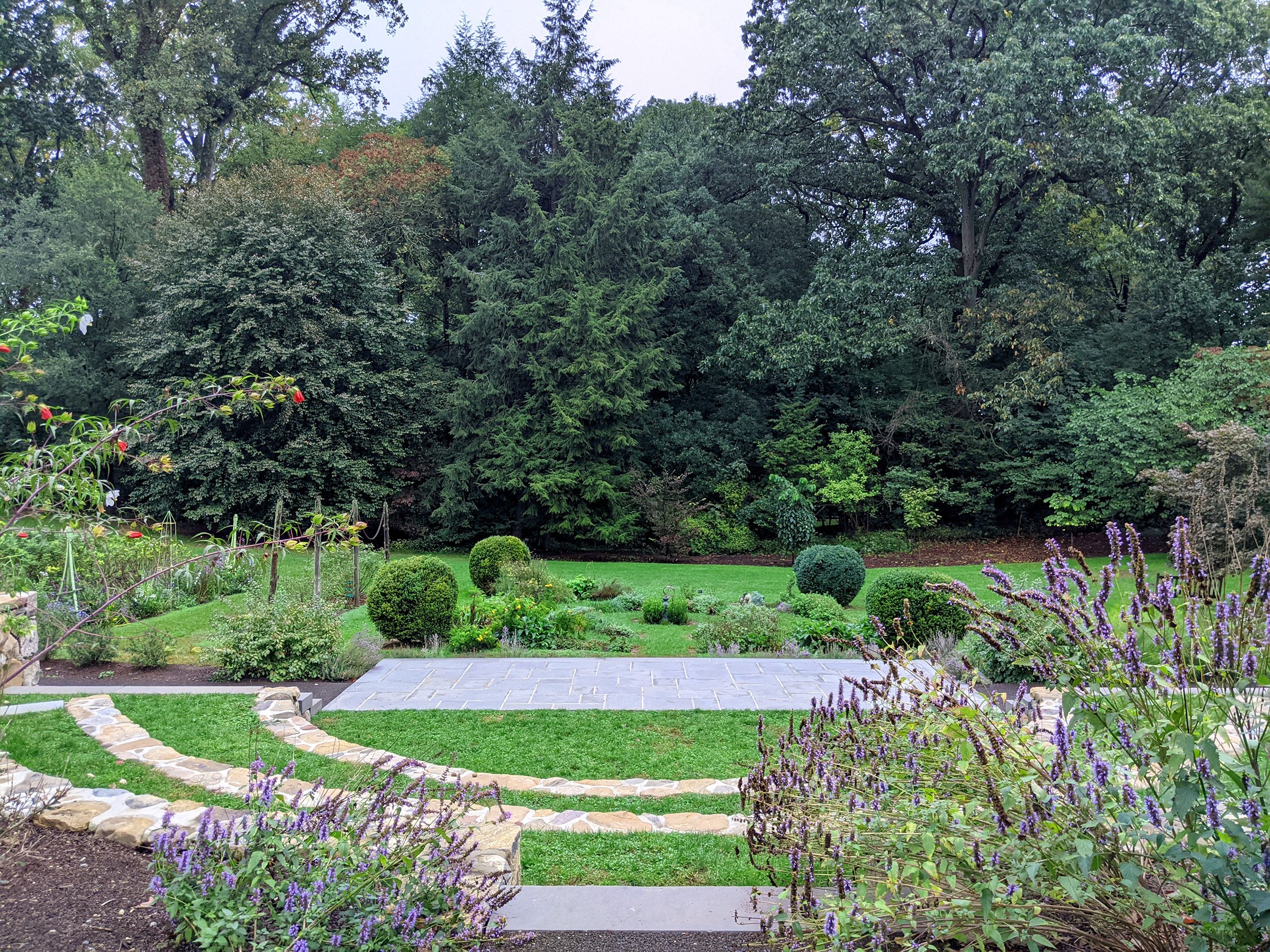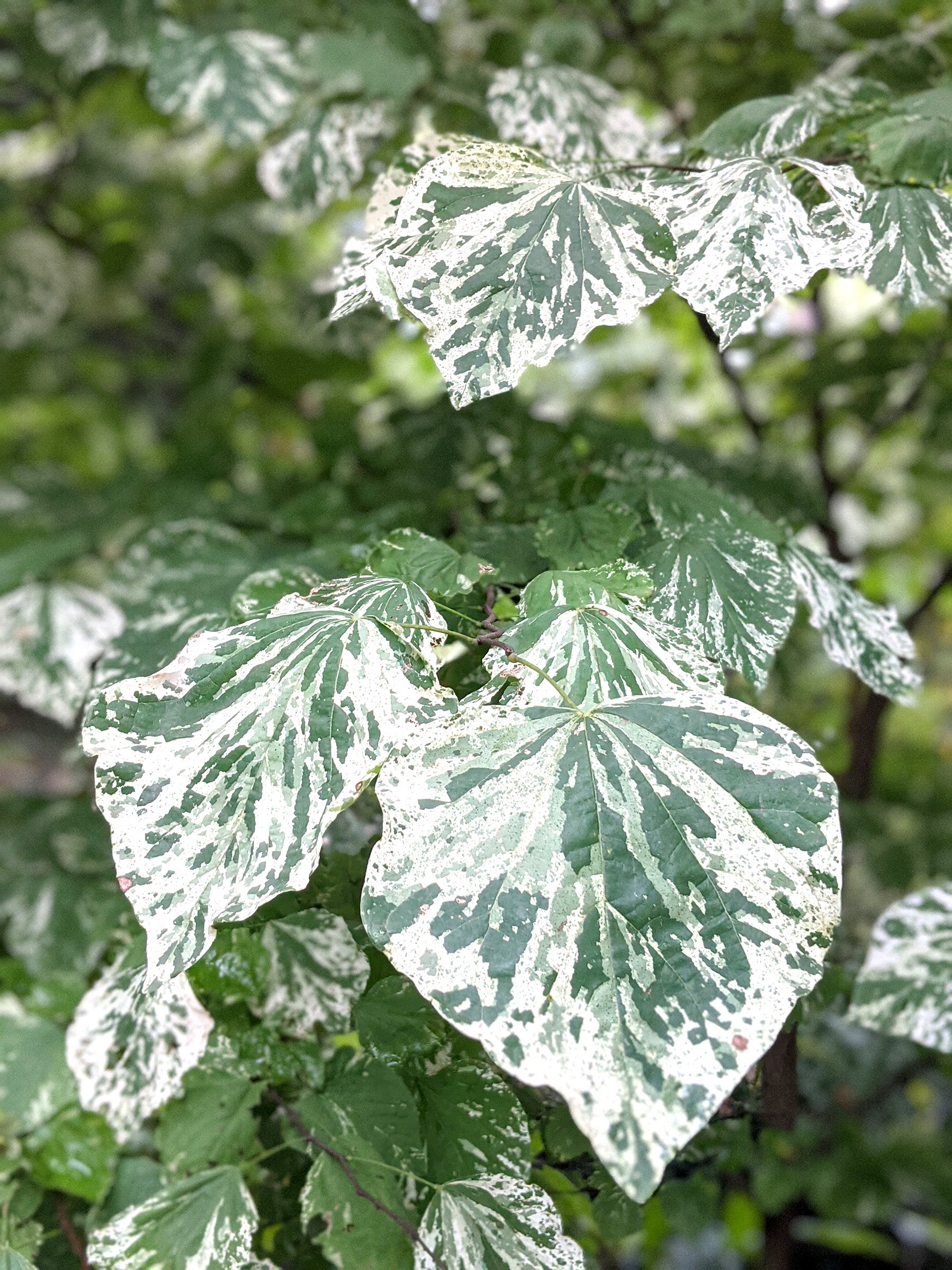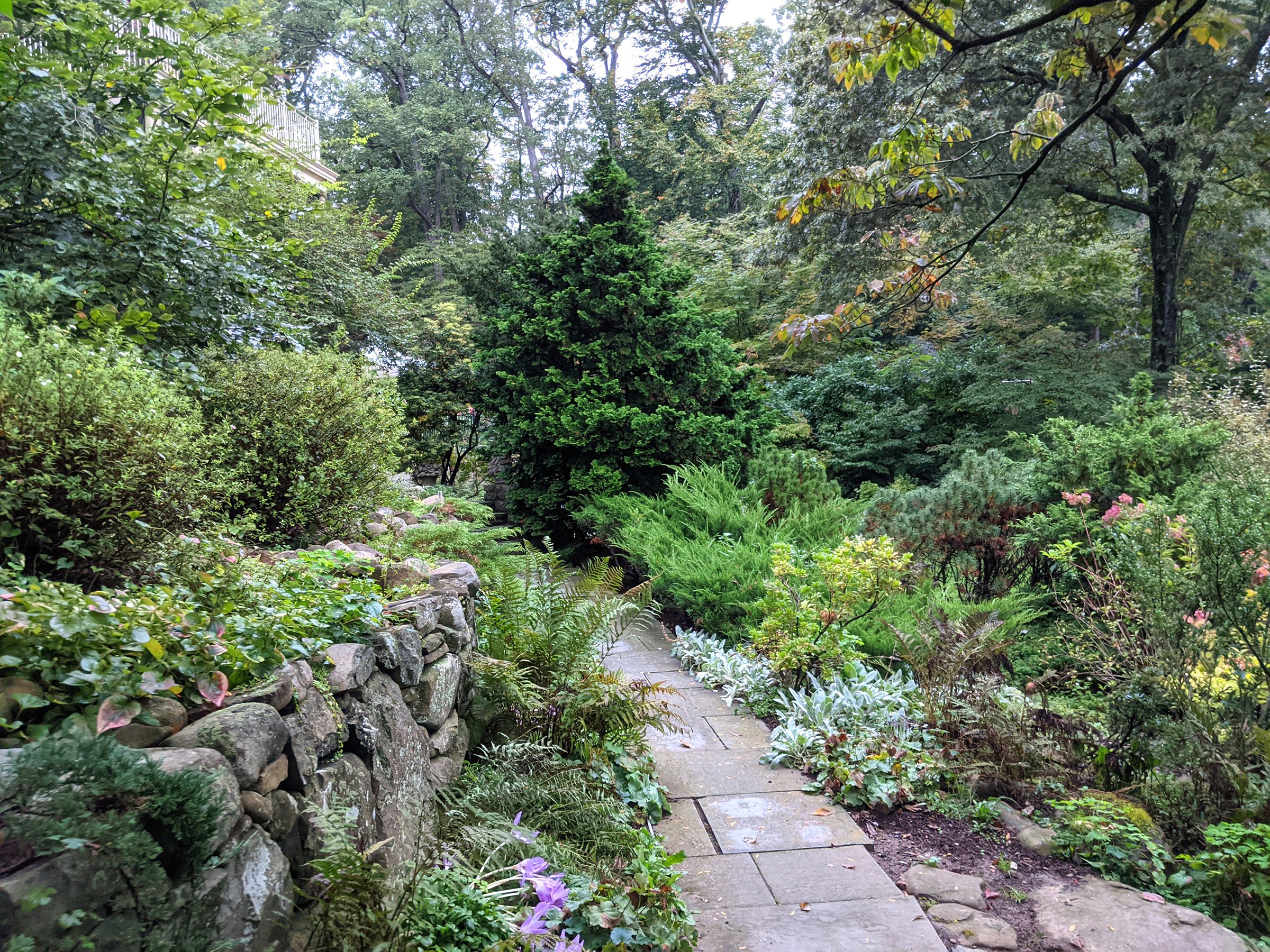We were able to color-in another state on our Commissions Map in October when Rob traveled to Summit, New Jersey to lead a workshop to conceptualize potential accessible main pathway routes through the historic Reeves-Reed Arboretum.
We were blown away by this oasis; this 5-acre wooded and lush public garden is located a stone’s throw from a 4-lane divided turnpike that has another 6-lane highway in between its travel lanes, and is a mere 30-minute drive from downtown Manhattan. Being a serene green space is not the Arboretum’s only secret, it is steeped in history: The Lenni Lanape peoples settled here for its rich hunting grounds; the Continental Army used the property across the street as a signal beacon; and the original estate grounds were crafted by Calvert Vaux, added to by Ellen Biddle Shipman, and completed by Carl Pilat, whose uncle was Fredrick Law Olmsted’s hand-picked head gardener for Central Park. Today, the Arboretum is preserved for the public’s pleasure by a partnership formed in 1974 between the City of Summit and The Reeves-Reed Arboretum.
Despite its beauty and significance, the Arboretum faces a common impediment for pre-WWII historic places: accommodating large groups of people in a safe, accessible and comfortable fashion was not then considered, but today is a chief concern. To create a more inclusive and equitable guest experience, the Arboretum hired Terra to evaluate guest arrival and circulation and begin to dream possibilities to link all of the garden spaces in the Arboretum via a code-compliant accessible main pathway. Thanks in large part to the imaginative and resourceful ideas of the horticulture and education staff, Rob identified four potential guest experience and circulation strategies, each having unique pros/cons. The Arboretum’s planning committee is currently reviewing the options before Terra will refine and add detail to the plan.



